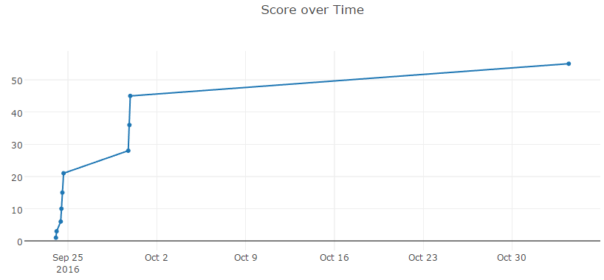Why morons shouldn’t be writing about security, part 2
I read Kotaku's article called "FBI Says Alleged Hackers Used FIFA To Steal Millions From EA" this morning. And it reminded me of the crap articles Catalin Cimpanu writes at Softpedia.
What's wrong with Kotaku's article?
Well, pretty much everything.
First, this group did not steal from Electronic Arts. If fact, not a single penny of real currency was taken from EA.
According to an unsealed FBI indictment, Clark and his co-defendants allegedly built a tool that would send false signals to EA’s servers to spoof matches, generating these FIFA coins at a rapid rate. The FBI alleges that Clark and crew then sold the coins to third-party sellers, earning millions.
Exactly! Guys received FIFA coins from EA (it's an in-game currency) which they later sold on underground sites. Money came from persons entirely unrelated to Electronic Arts and it was given voluntarily. And that, by definition, is not a theft.
The article continues with a plenty of other funny statements like
.. worked with the defendants to get Xbox development kits and reverse-engineer a pirated copy of FIFA 14 using a program called Interactive Disassembler. This process took several months, Alcala said, but it allowed them to create a tool for mining FIFA coins.
I just love the IDA reference in here. bigsmile These guys used disassembler, they must be real evil hackers! All in all, this article is a fun read but it got all the basic facts wrong.
Mr. Jason Schreier, please stop writing about things you have no clue about. Stick to your video game reviews or something.
What is really happening?
Thankfully, UK journalists have much better idea of what's happening in US courts, and they wrote a much better article. According to the indictment, the charges are "conspiracy to commit wire fraud", a stupid catch-all term used in US courts for pretty much everything done over the Internet.
That document is equally funny read and shows how desperate the prosecutors must be to make any charges stick. Let's see:
- the defendant assisted in creating a program (...) which sent electronic messages to EA's servers fraudulently representing that thousands of FUT matches had been completed in the EA's FIFA video game. EA's servers materially relied on the completed match messages and credited various accounts maintained by the defendant and his co-conspirators with FIFA coins. - this is the only part of the indictment that actually makes sense. Kinda. There's one teeny tiny detail - RANE Developments got virtual goods from EA. And the legal status of virtual goods is very unclear in the United States. If virtual goods are not "money or property" in the eyes of law, then there was no fraud.
- the defendant and co-conspirators continued to create and execute new methods to circumvent the security measures by EA in EA's effort to prevent fraudulent activity associated with the company's FIFA video game. - that might be a breach of EULA but not a crime;
- executed their "application" through a video game console, which they modified to circumvent security and copyright protections, and on game development kits, which they obtained from unlicensed sources. - we're getting desperate, let's charge them with modding their consoles!
- executed their "application" through cloud computer servers, which allowed them to run more copies of the software and obtain significantly more FIFA coins. - if nothing else helps, let's charge them with renting cloud computer servers! Oh, wait, what? smile
Naturally, the defendant has pled not guilty to the charge. And if his lawyer is any good, I'm guessing he'll walk out of the court as a free man.
